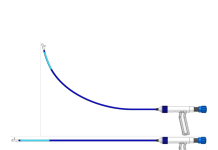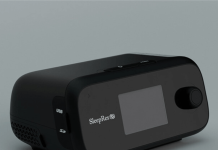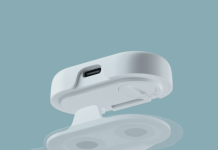Wandercraft kicked off a landmark clinical trial for its Personal Exoskeleton technology. The device aims to offer upright motion and walking independence for individuals with severe mobility impairments. It could deliver the benefits of standing, walking, bending and reaching, restoring the feeling of natural walking motion to everyday life.
Wandercraft already offers the FDA-cleared Atalante X exoskeleton for individuals with spinal cord injuries (SCIs). Atalante X, a self-balancing robotic exoskeleton, enables those with limited mobility to stand up and walk again.
Related: Newronika wins FDA IDE clearance for Adaptive DBS System clinical trial
Engineered to adapt to users’ movements in real time, the Personal Exoskeleton ensures smooth walking across diverse surfaces. These surfaces include carpet, concrete and tile. The company said it designed the device to go beyond mobility. It wants to restore everyday joys in the lives of its users.
The study evaluates latest exoskeleton system — used during last year’s Olympic torch-lighting ceremony — for safety and effectiveness in individuals with spinal cord injuries (SCI).
The company said it launched the trial at the James J. Peters VA Medical Center in the Bronx, New York. It plans to start soon at the Kessler Institute for Rehabilitation in West Orange, New Jersey, as well.
“The launch of this trial is a major milestone in our journey to redefine what mobility technology can achieve. We’ve seen the profound impact of our exoskeletons in rehabilitation centers, and now we are thrilled to explore how the Personal Exoskeleton could represent a significant leap forward in mobility and walking independence for people with severe walking impairment, starting with SCI, enabling them to walk hands-free without relying on crutches or walkers,” said Matthieu Masselin, CEO of Wandercraft.






